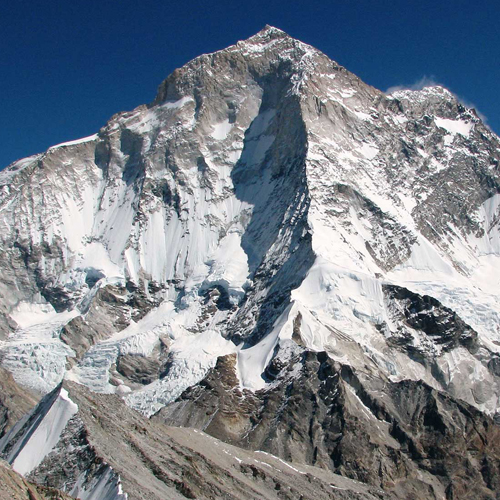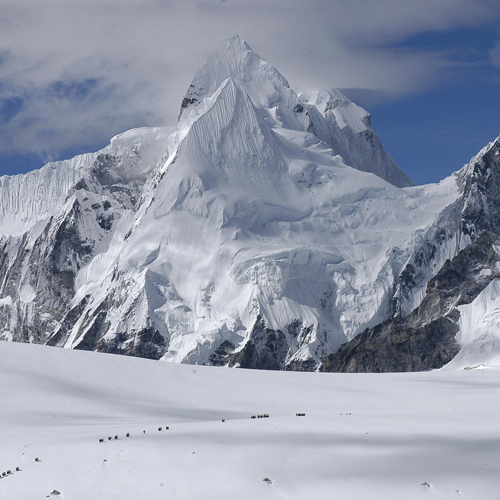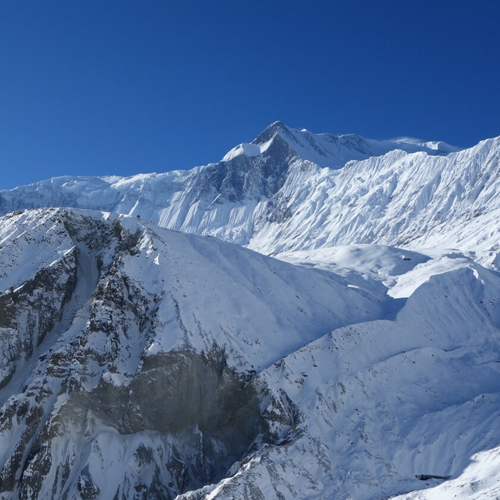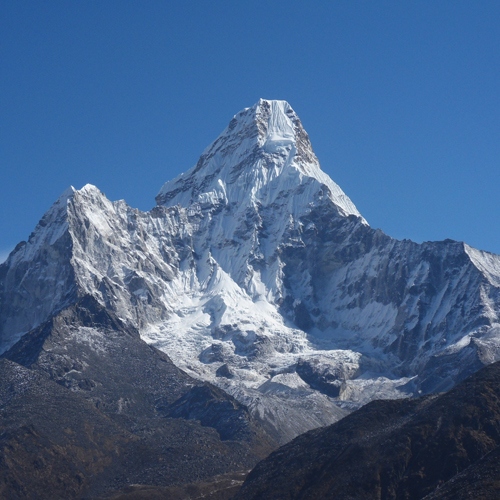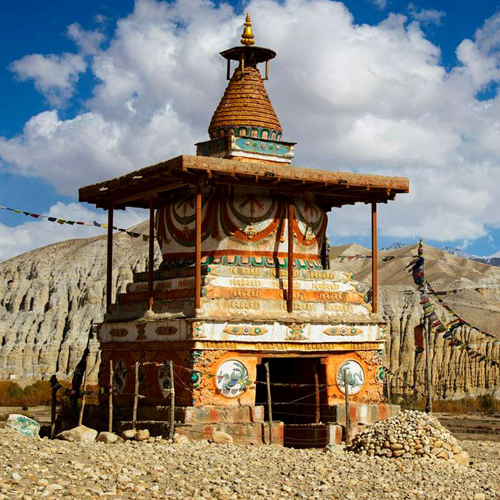World's highest peak expedition in Nepal become most popular and climbers now approach the job with the appropriate degree of seriousness and dedication. It is not uncommon for expeditions to refuse trekkers admission into their base camps. The team members do not have the time or energy to entertain tourists, and there have also been incidents of trekkers taking souvenirs from among the expensive and essential items that often lie around such camps. Expeditions to any of the highest mountains of Nepal, including all those ranging in between 7,000 and 8,000m requires long-term planning and through organization. We have categorized mountaineering into three different part; peaks above 8000m, peaks below 8000m and trekking peaks.
Generally expedition seasons for mountaineering in Nepal as best known the spring however other autumn and summer seasons are also opened climbing. The permission season from April to early June was once the only season during which expeditions climbed major peaks. In the 1950s all expeditions were in the calm before the storm period that occurs between the end of the winter winds and the beginning of the monsoon snow. Cold and high View from Everest Summit winds drove back the Swiss expedition to Mt Everest in 1952 when they attempted to climb the mountain in the autumn. It was not until 1973 that an expedition success fully climbed Everest in autumn.
Now the autumn or post monsoon season of September and October is a period of many successful expeditions. In 1979 the ministry of tourism established a season for winter mountaineering. It is bitterly cold at high elevations from November to February, but recent advances in equipment technology have allowed several teams to accomplish what was thought before to be impossible a winter ascent of a Himalayan peak. Climbing during the monsoon, from June to august, is not practical from the Nepal side, though the north face of Everest has been climbed during august.




